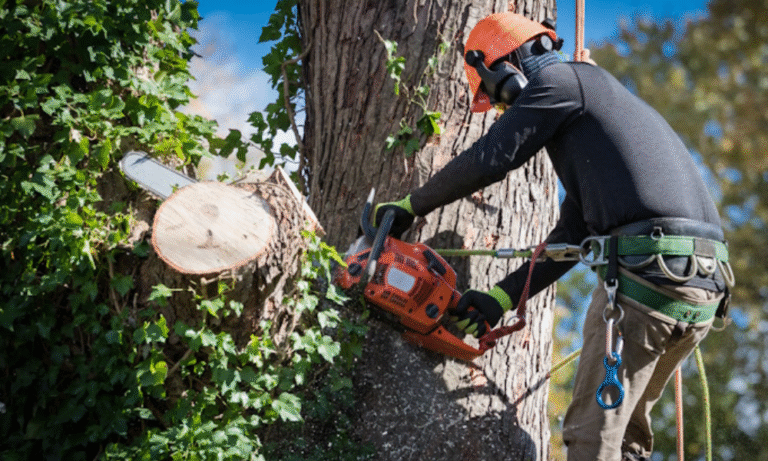Estimated reading time: 4 minutes
A tarp is an essential tool for any landscaper or lawn care professional. It is used to protect areas of your yard from damage caused by sun, wind, and rain. It can also cover up your yard’s unsightly areas, such as piles of leaves or dead grass. In addition, a tarp can be used to create temporary storage areas for tools and materials.
When using a tarp for landscaping or lawn care, it is essential to follow some basic safety guidelines. First, ensure that the area you cover is arid before you begin. If the wet ground, the tarp may become slippery and cause you to fall. Second, secure the tarp, so it does not blow away in the wind. Third, never leave a tarp unattended for long periods, as it could become a hazard to children or animals.
Type of Tarps Available
When selecting a tarp for your landscaping or lawn care needs, choosing the right type of tarp is essential. The three most common types of tarps are:
Polyethene tarps are the most affordable option for those needing a tarp. They vary in quality, with some lasting longer than others. It is essential to note polyethylene tarps are not as durable as other types such as canvas.
As such, a poly tarp can easily be torn, which is why they are not recommended for heavy-duty use. However, a polyethylene tarp can be helpful for light-duty use, such as covering a small area during a painting project.
Canvas tarps are often more expensive than polyethylene tarps but are much more durable. Canvas is a tightly woven fabric made from natural fibers, which makes it resistant to tearing and fraying. In addition, a canvas tarp is more resistant to sunlight and wind damage than its polyethylene counterpart.
As a result, it is a better choice for applications where durability is paramount. However, a canvas tarp can be heavy and difficult to maneuver, making it less suitable for applications where portability is a concern.
If you’re looking for a tarp that will stand up to heavy use, vinyl is the material you need. Vinyl tarps are the heaviest weight option available and are often used by professional landscapers and lawn care companies. They are significantly more expensive than polyethylene tarps but are also more durable and longer lasting.
Vinyl is the best choice if you expect to use your tarp regularly or in harsh conditions. However, if you only need a tarp occasionally or for light-duty use, a poly tarp will likely meet your needs at a fraction of the cost.
How to Use Tarps for Landscaping
There are many ways that a tarp can be used for landscaping. Some of the most common uses include:
Covering Garden Beds: A tarp can be used to cover garden beds to protect plants from harsh weather conditions. It can also be used to create a temporary storage area for gardening tools and materials.
Protecting Plants From Frost: If you live in an area prone to frost, you can use a tarp to cover vulnerable plants in your garden. This will protect them from the cold weather and prevent them from being damaged.
Creating a Temporary Storage Area: A tarp can be used to create a temporary storage area for lawn care equipment or gardening supplies. This is especially useful if you do not have a garage or shed to store your items in.
Covering Unsightly Areas: A tarp can be used to cover up unsightly areas of your yard, such as dead grass or piles of leaves. This can help to improve the overall appearance of your yard.
Using a tarp is a versatile and affordable way to protect your landscaping investment. When used correctly, it can help to prolong the life of your plants and lawn. Be sure to follow all safety guidelines when using a tarp on your property. The most important rule is never to allow the tarp to touch the leaves or stems of the plants you are trying to protect.
This can cause severe damage, even death, to the plant. Instead, use rocks, bricks, or other heavy objects to hold the tarp. Make sure the tarp is large enough to cover the area you want to protect and check it regularly for holes or tears. By taking these simple precautions, you can enjoy your landscaping for many years to come.
Final Thought
In conclusion, proper use of tarps for landscape and lawn care can help protect plants and turf from damage, and ensure a professional appearance.



